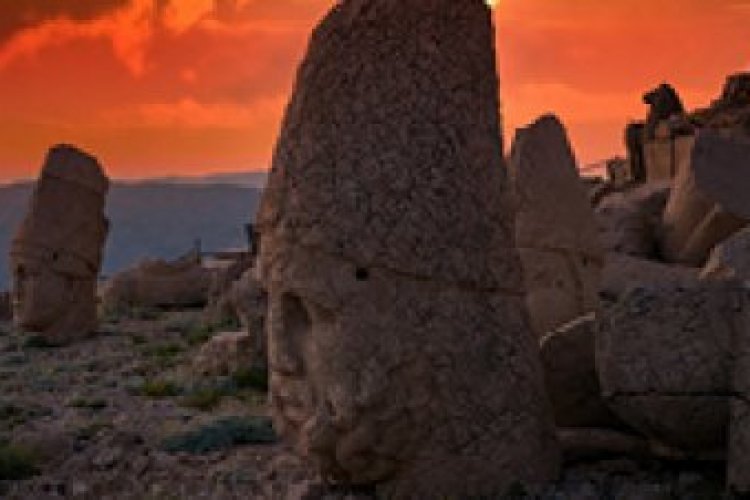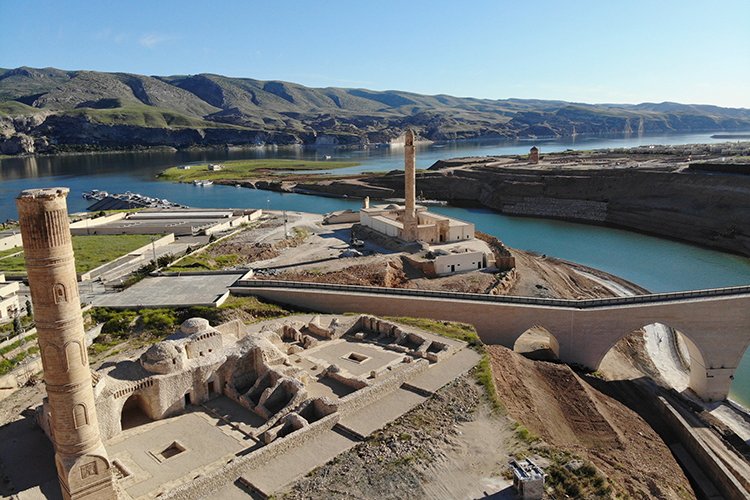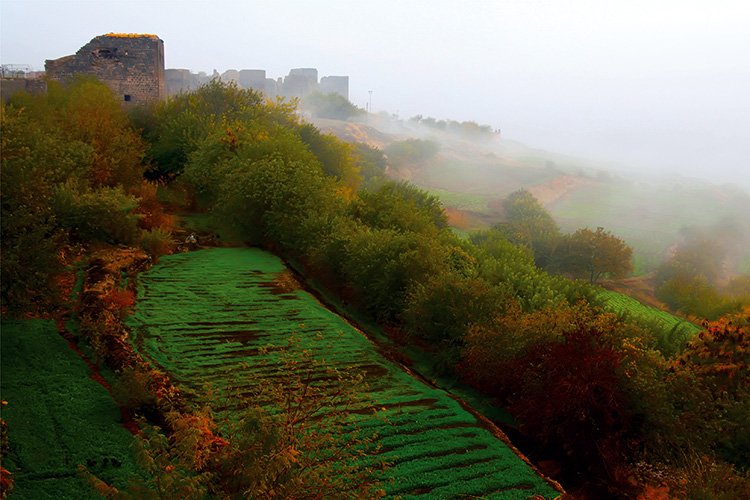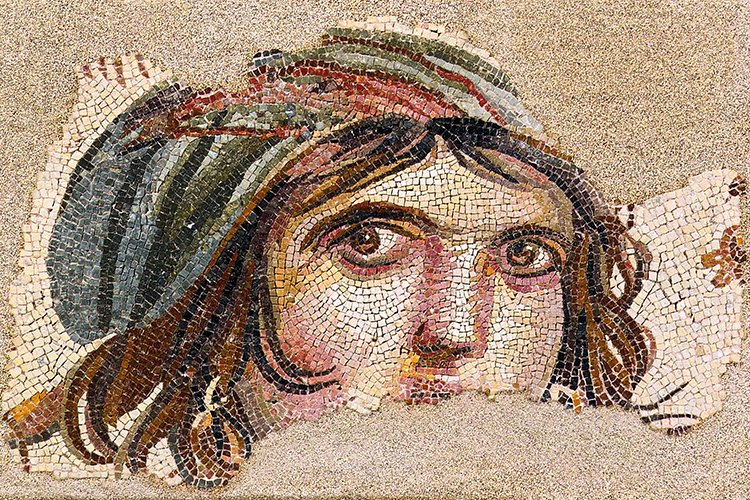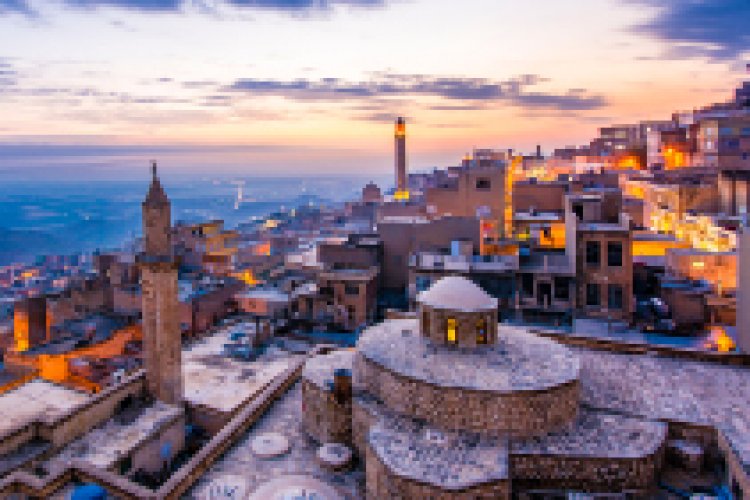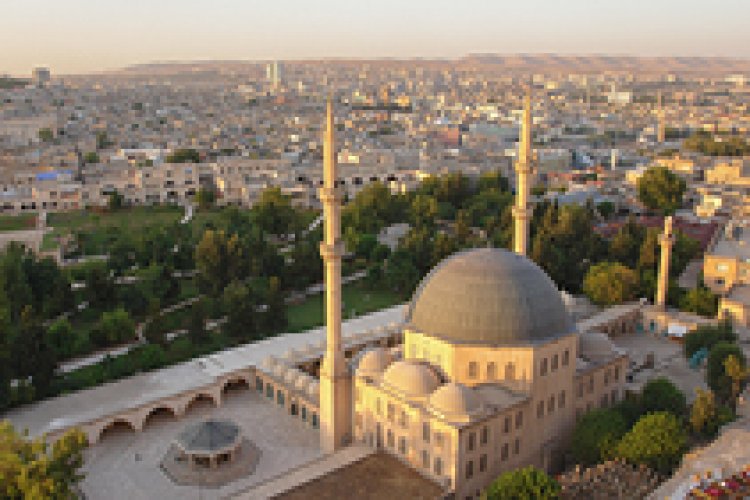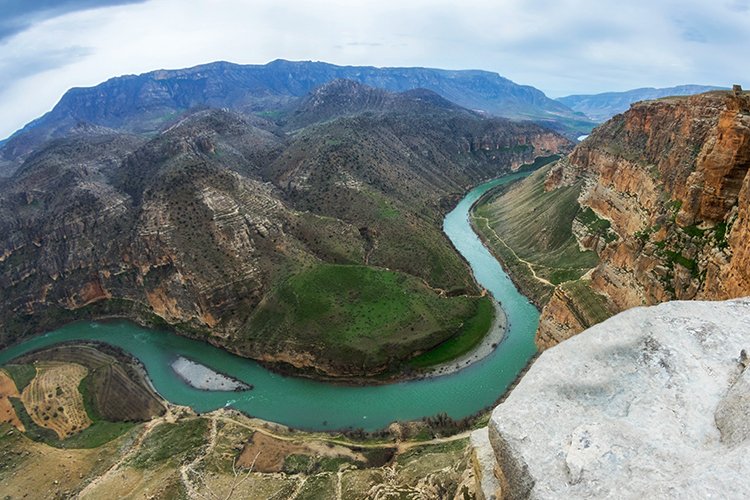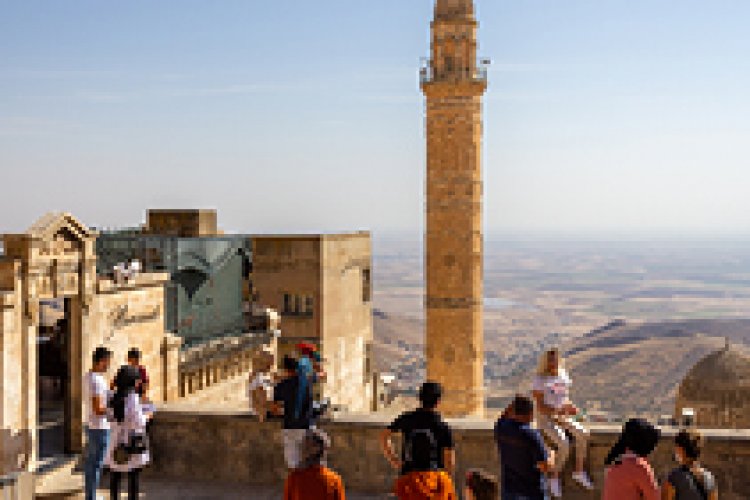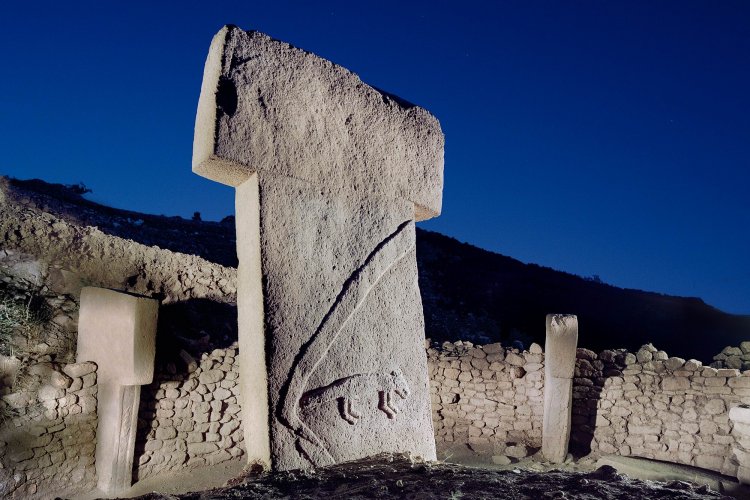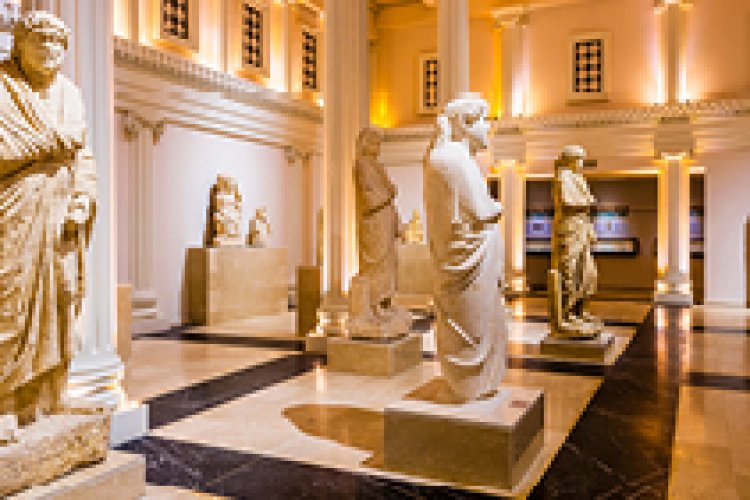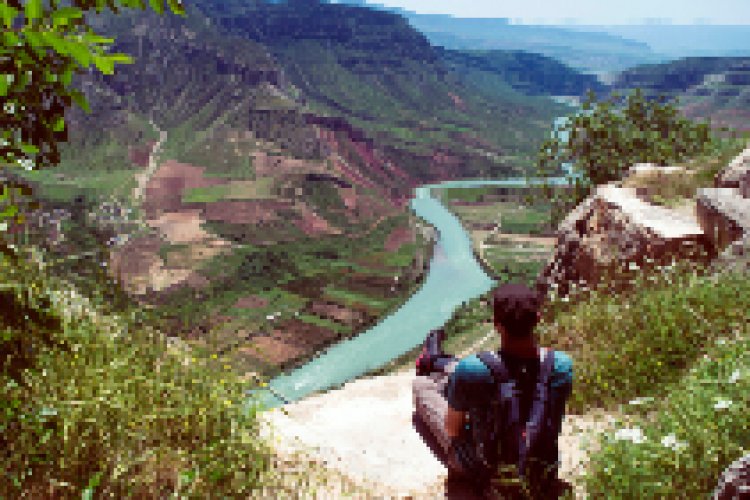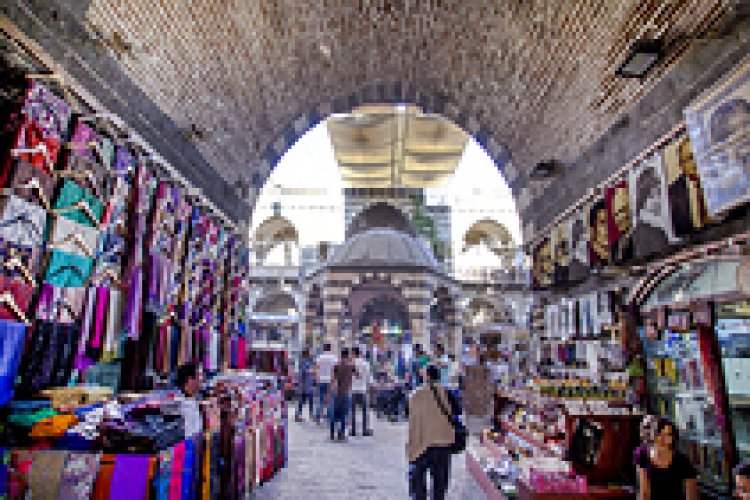Routes
Mystery of the Massive Stones
The roads starting from the Sanliurfa City Museum, which is located within the walls and known as the Mahmudoglu Tower, and continuing with the 12,000-year-old Gobeklitepe, which is home to the oldest temple structures in the world, then leading to the first university of history, Harran, which draws attention with its conical domed houses and different architecture, to Sogmatara, to Nemrut, knowns as the 8th wonder of the world, to Cendere, to Old Kahta, and to Arsemia... On this tour route, we will trace the giant statues created by mankind over thousands of years. This workshop, which started to be sculpted between the 14th century BC and the 7th century BC, that is, 3300 years ago, is the largest quarry and sculpture workshop in the Middle East, Yesemek. The workshop, where the local people, namely the Hurrians, worked, was put into operation in the second half of the 2nd millennium BC, when the region came under Hittite rule, during the reign of the Hittite King Suppiluma I. Towards the end of the 7th century BC, the Assyrians ended the activities of the workshop and took the masters to Assyria. Everything remained as it was in the workshop, whose masters left; from that moment on, time was almost frozen for Yesemek. Our tour itinerary begins with this extraordinary Open Air Sculpture Workshop and continues with Gaziantep bazaars. The second most important destination on our route is Gobeklitepe, the oldest known temple dating back 12,000 years. The decorated stone stalagmites, which were built thousands of years ago, weighing 3-4 tons, and are 6-7 m of height, fascinate people. After Gobeklitepe, we watch the sunset from the Harran domes and get lost in the colorful Urfa bazaars. And finally, we end our tour with Nemrut, where the sun rises and gets down most beautifully in the world, and Antiochos greets the people and gods of the east and west. On this tour, we always ask ourselves the same question: How did mankind make and transport these tons of artifacts thousands of years ago with the limited tools and equipment they had, and how did they create such elegant and surprising works? Don't forget Karahantepe, which dates back to the same period as Göbeklitepe.
